Did you know this home heating habit could be ruining your couch? The 3 risks in the mix this winter, and what to do instead
Avoid damage, mold, and potential fire hazards, experts warn


In winter, there really is nothing more comforting than a warm home and a comfy couch to snuggle up and relax on.
But, did you know that cranking up your thermostat and placing your couch in front of the radiator could actually bring significant risk to your home? From affecting upholstery to posing serious fire hazards, it turns out that your heating could be impacting more than your home's temperature.
Here, experts reveal which home heating habit to avoid to protect your best couch, and what to do instead.
This home heating habit could be ruining your sofa
Joana Sadovskaja, sofa expert at Lovesofas, says, 'As the colder months approach, it’s inevitable that heating usage will increase. However, depending on where the sofa is placed, this winter habit could lead to damage.'
Here's how:
1. It may affect upholstery
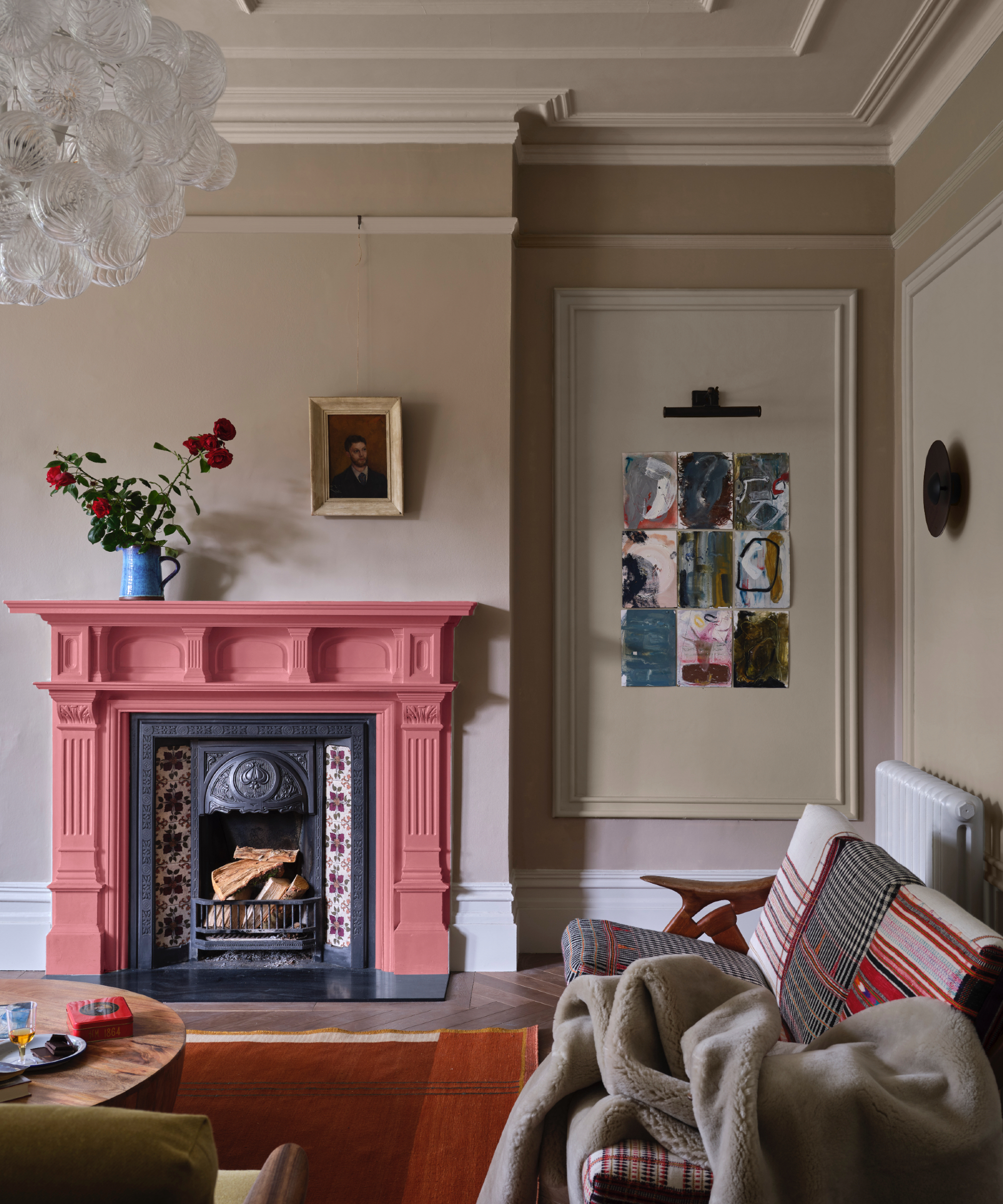
While placing your couch directly in front of a radiator is ideal for staying warm in winter, sofa expert Sadovskaja warns that this could lead to upholstery damage.
She says, 'Prolonged exposure to heat can lead to color fading and deterioration. This exposure can make the upholstery vulnerable and prone to wear and tear.'
Excessive exposure to heat may also cause the upholstery to shrink over time, resulting in sagging couch cushions, and a worn-out appearance. Sadovskaja adds, 'Color fading can particularly affect leather sofas, hindering their appearance and leading to deterioration.'
If this has happened to yours, applying a care cream, such as the Weiman 3-1 Leather Cleaner & Conditioner available at Walmart can bring leather back to life, softening and moisturizing the leather to revive the appearance of your couch.
Importantly, the way your couch reacts to heat exposure may differ, depending on the material. While leather may crack and fade, synthetic fabrics, such as the best vegan leather couches, can melt or warp. 'Therefore, understanding how your upholstery reacts to prolonged heat is key to protecting its longevity,' explains Sadovskaja.
Another simple way to protect your couch is by adding a blanket or throw, which works to insulate the material of the sofa from the heat source. In winter, warm woolly throws create a cozy feel, while in summer, swap them out for lighter linens, for a decorative, breezy touch.
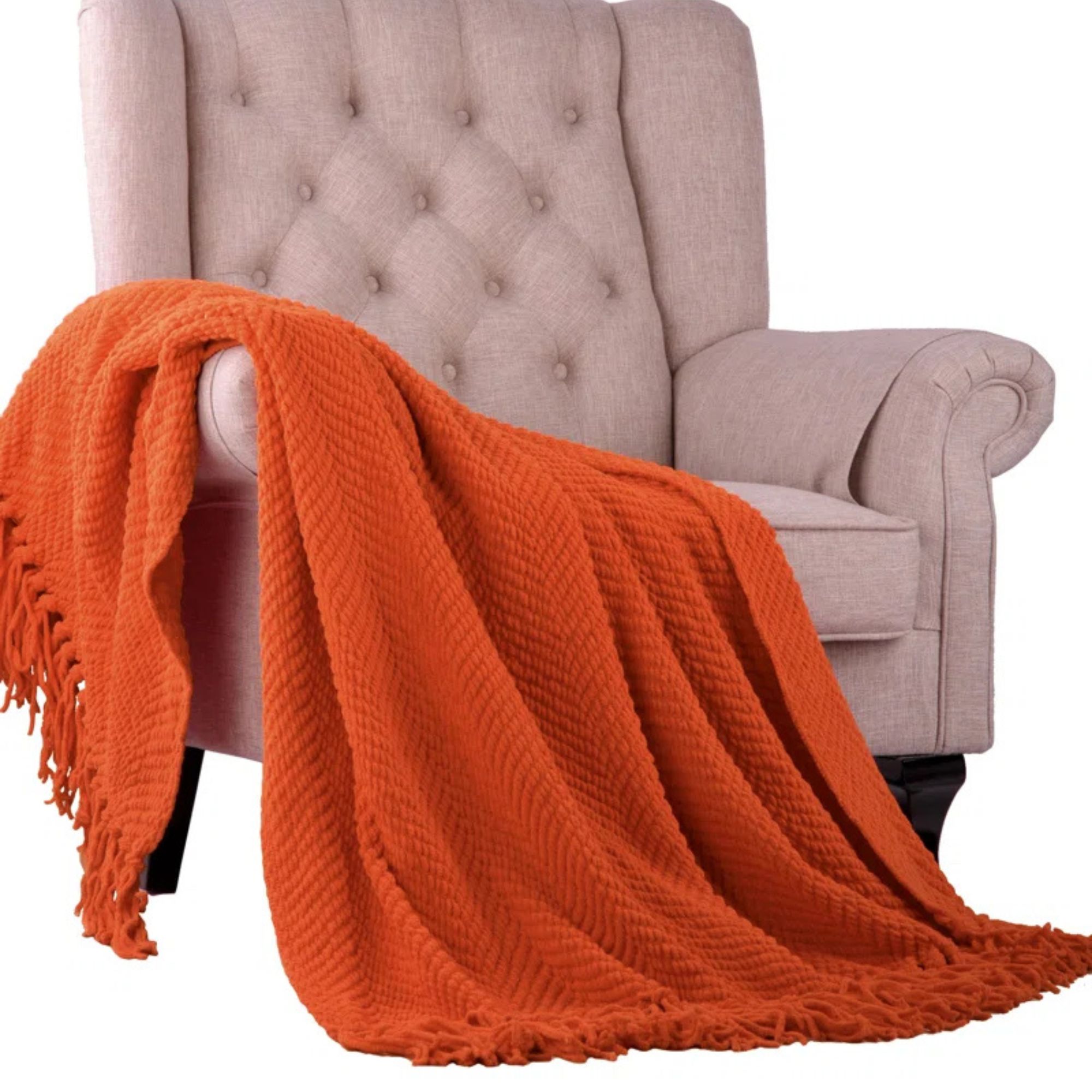
Lightweight yet cozy, this throw is perfect for injecting color into your living room ideas. Plus, it's machine washable, meaning it's fuss-free to keep clean.

If you can't move your couch, using a cover like this one is a great way to protect it during winter. It's stretchy, and super quick to install, and is available in a range of colorways, to suit all decor.

Available in three gorgeous colorways, this throw is a medium-weight construction, making it just thick enough to keep you cozy and your sofa protected, without being too heavy.
2. It may cause mold growth
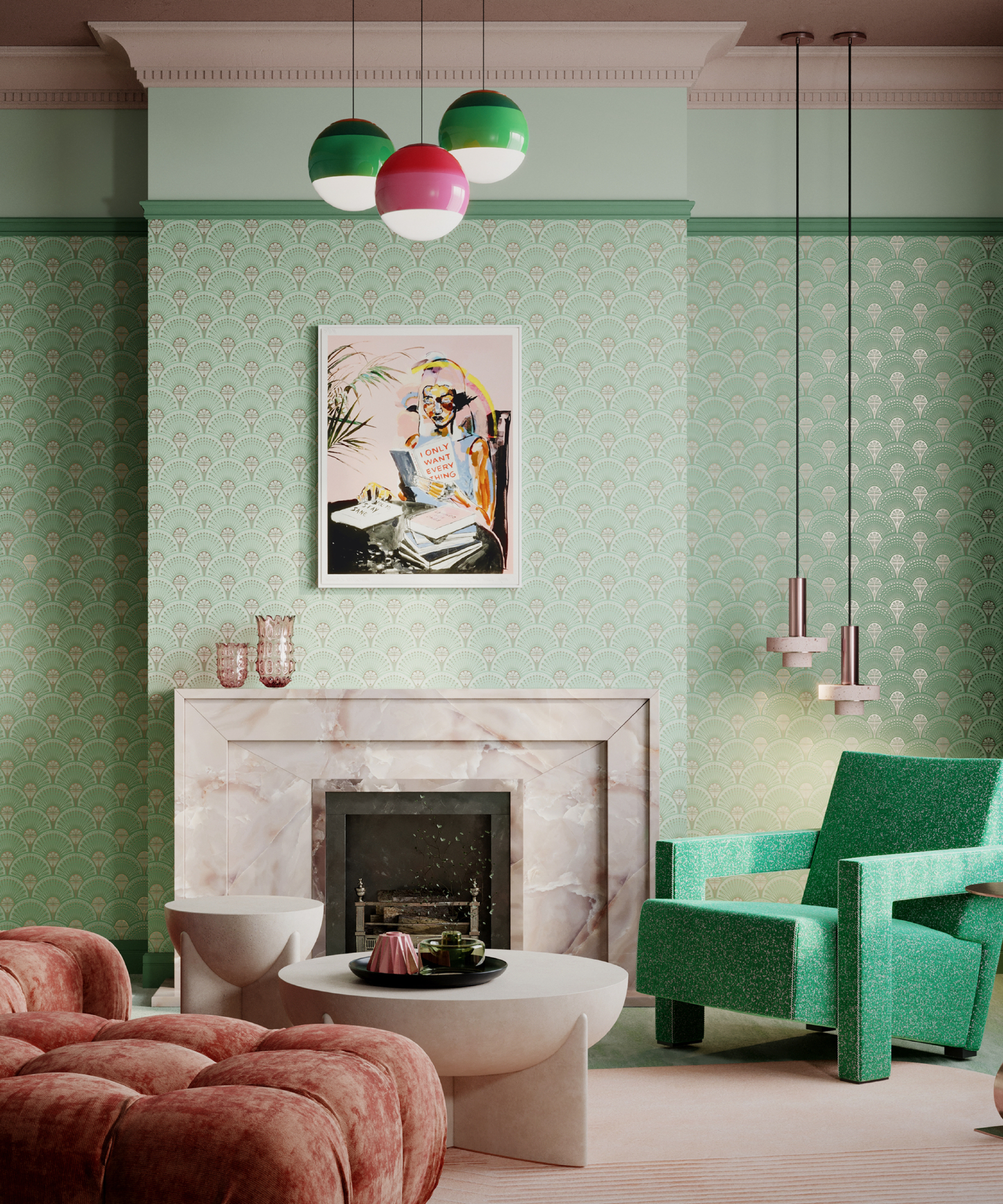
As mold thrives in warm environments, positioning your couch too close to your radiator could leave you wondering how to remove mold from upholstery, or how to remove mold from leather.
Sadovskaja explains, 'Another risk to consider is condensation. In spaces with limited ventilation, positioning furniture too near a heat source can trap moisture and cause condensation behind the couch, which could result in mold growth.
'This can damage both your sofa and the surrounding walls.'
So, be sure to avoid any couch cleaning mistakes by not neglecting your sofa as part of your achievable cleaning routine. Always spot-test cleaning products, and never put off tackling stains – we recommend using the Resolve Upholstery & Multi Fabric Spot & Stain Remover available at Walmart, paired with a microfiber cloth, such as the HOMEXCEL Microfiber Cleaning Cloth available at Amazon.
If you do discover mold on your sofa, you can use vinegar to kill mold as a natural, eco-friendly alternative which shouldn't affect your couch material.
3. It may pose a fire risk
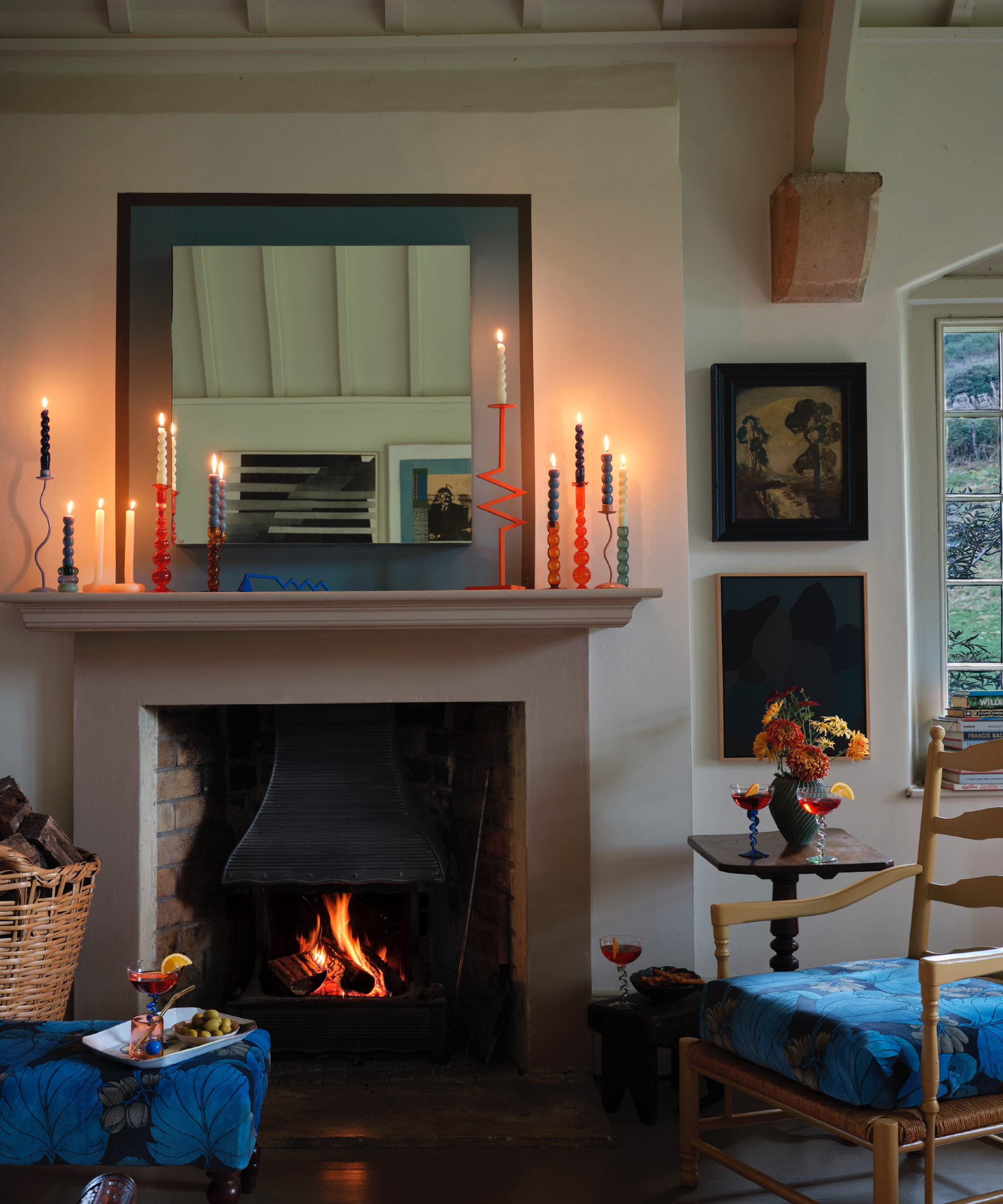
Finally, placing your couch too close to the radiator is also one of the most common fire risks in any home.
Sadovskaja warns, 'While heat exposure can damage your upholstery, it's also important to keep fire safety in mind.
'Certain fabrics or padding materials can become a fire hazard when placed too close to radiators, so ensuring a safe distance between your furniture and heat sources is about more than just preservation – it’s essential for protecting your home.'
Additionally, where a couch should go in a living room with a fireplace will depend on whether you use your fireplace, the size of your room, and whether you want your mantel to be the focal point of the space, all of which should also take fire safety into consideration.
In any case, adding a fire guard, such as the Gtongoko 3 Panel Fireplace Screen available at Amazon can help protect both your couch and home from harm.
What to do instead
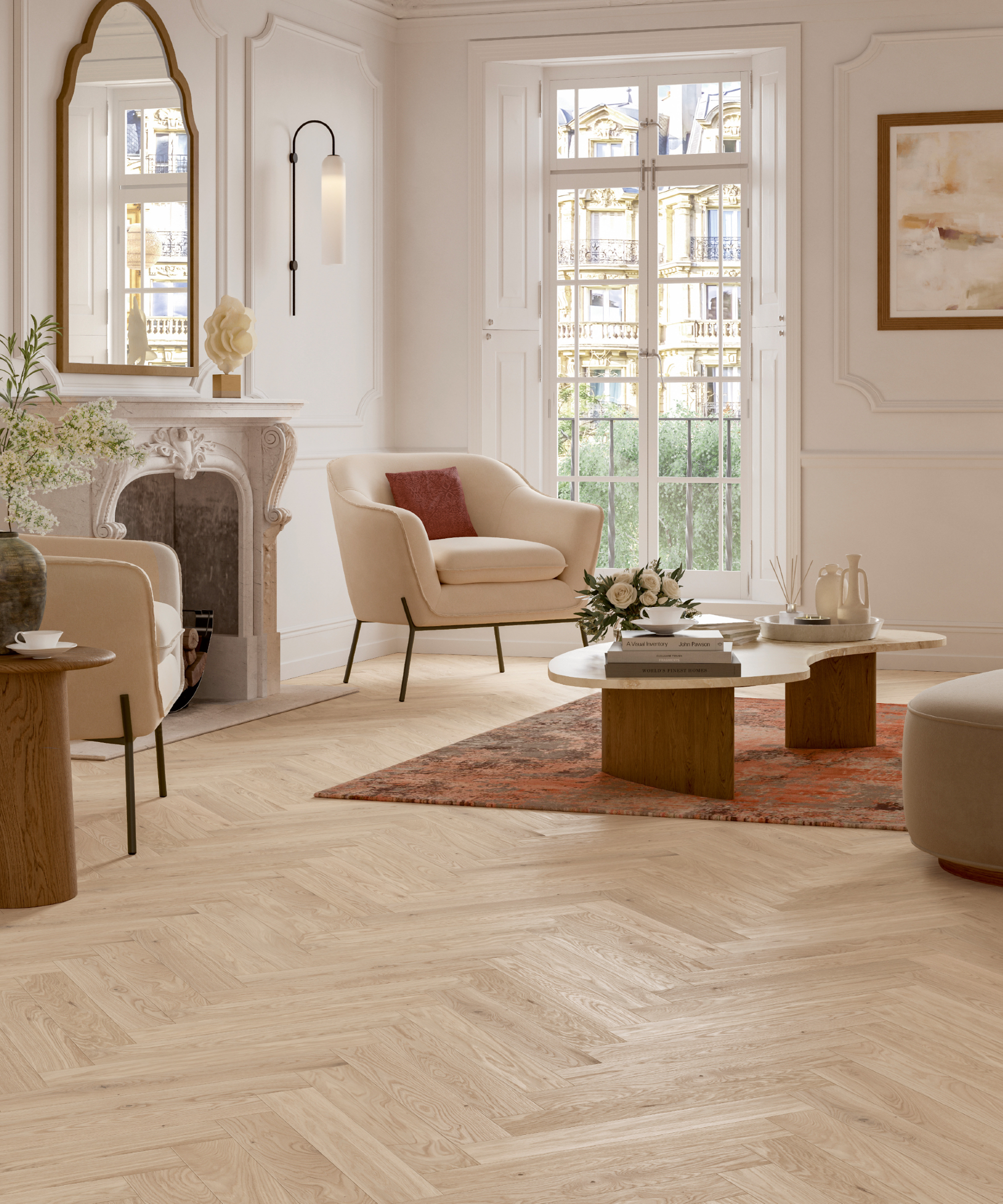
As well as ruining your couch, placing yours directly in front of a radiator can also obstruct airflow, reducing the efficiency of your heating system – one of the common heating system mistakes which may also be driving up your energy bills. So, what should you do instead?
The first and most obvious place to start is simply by moving your couch away from any radiators or heat sources. However, if you are dealing with small living room ideas, this may be more complicated.
Sofa expert Sadovskaja suggests, 'If moving your sofa isn’t an option, consider using alternatives like heat shields, reflective panels, or radiator covers. These can help safeguard your furniture and improve heat distribution throughout the room, ensuring comfort and protection during the colder months.'
All prices were correct at the time of publication.

This radiator cover is durable, sturdy and tasteful, made of white slatted MDF to compliment any home decor. It's easy to assemble and install, and hides any unsightly radiators from view while creating an additional shelf.

This aluminium insulation roll works effectively to reflect and direct heat away from the heat source and around the room. It works well to keep a poorly insulated house warm, and is easy to cut and install.

This radiator cover is adjustable from 55.9 inches to 80.7, to fit almost any radiator. With a water base, lacquered finish, it looks classy and stylish, and is easy to assemble.
FAQs
How far should a sofa be from a radiator?
Ideally, position your couch, or couch alternatives, six to twelve inches away from any heat sources. This will protect any materials from damage, and ensure a better distribution of heat, helping to cut energy bills.
If you decide to re-arrange your living room, these are our top ten tips for arranging living room furniture.
Sign up to the Homes & Gardens newsletter
Design expertise in your inbox – from inspiring decorating ideas and beautiful celebrity homes to practical gardening advice and shopping round-ups.

Ottilie joined Homes & Gardens last year, after finishing a Master's in Magazine Journalism at City, University of London. With previous contributions in Livingetc and Motorsport Magazine, she produces content for the Solved section on the website, focusing on clever tips and tricks to keep your home beautiful, organized and clean. She also has a Master's degree in English Literature and History of Art from the University of Edinburgh, where she developed a love for inspiring interiors and architecture.
-
 Jeremiah Brent's new NYC-inspired rug collection has got to be the easiest way to bring his modern Manhattan style into your own home
Jeremiah Brent's new NYC-inspired rug collection has got to be the easiest way to bring his modern Manhattan style into your own homeJeremiah Brent has teamed up with Loloi Rugs to create a contemporary collection of home furnishings inspired by his city
By Eleanor Richardson
-
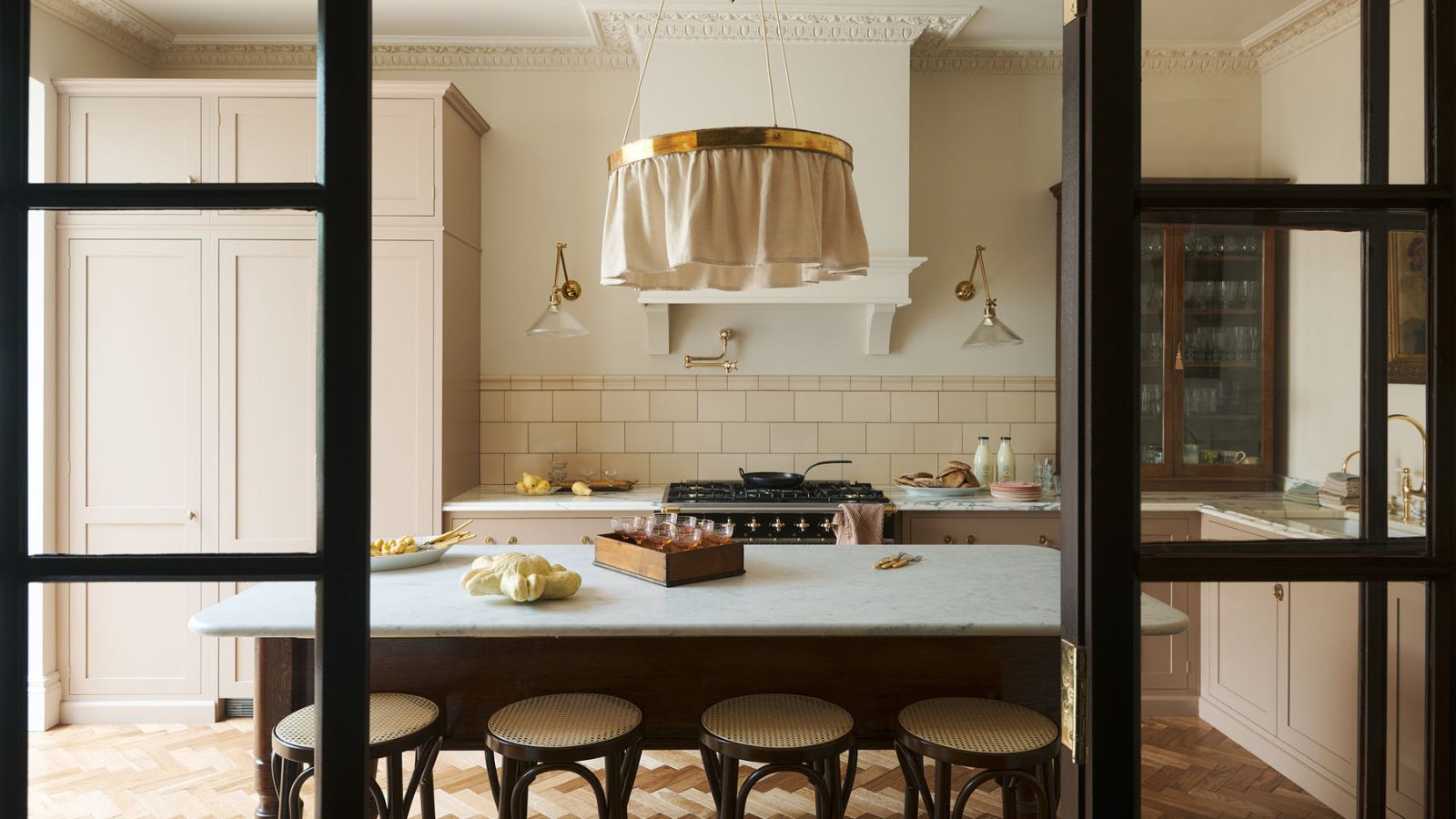 I tried this one easy dishwasher trick and made the annoying need for manual drying a thing of the past
I tried this one easy dishwasher trick and made the annoying need for manual drying a thing of the pastIf you hate those little pools of water left on your cups and crockery, this towel trick is for you
By Punteha van Terheyden
-
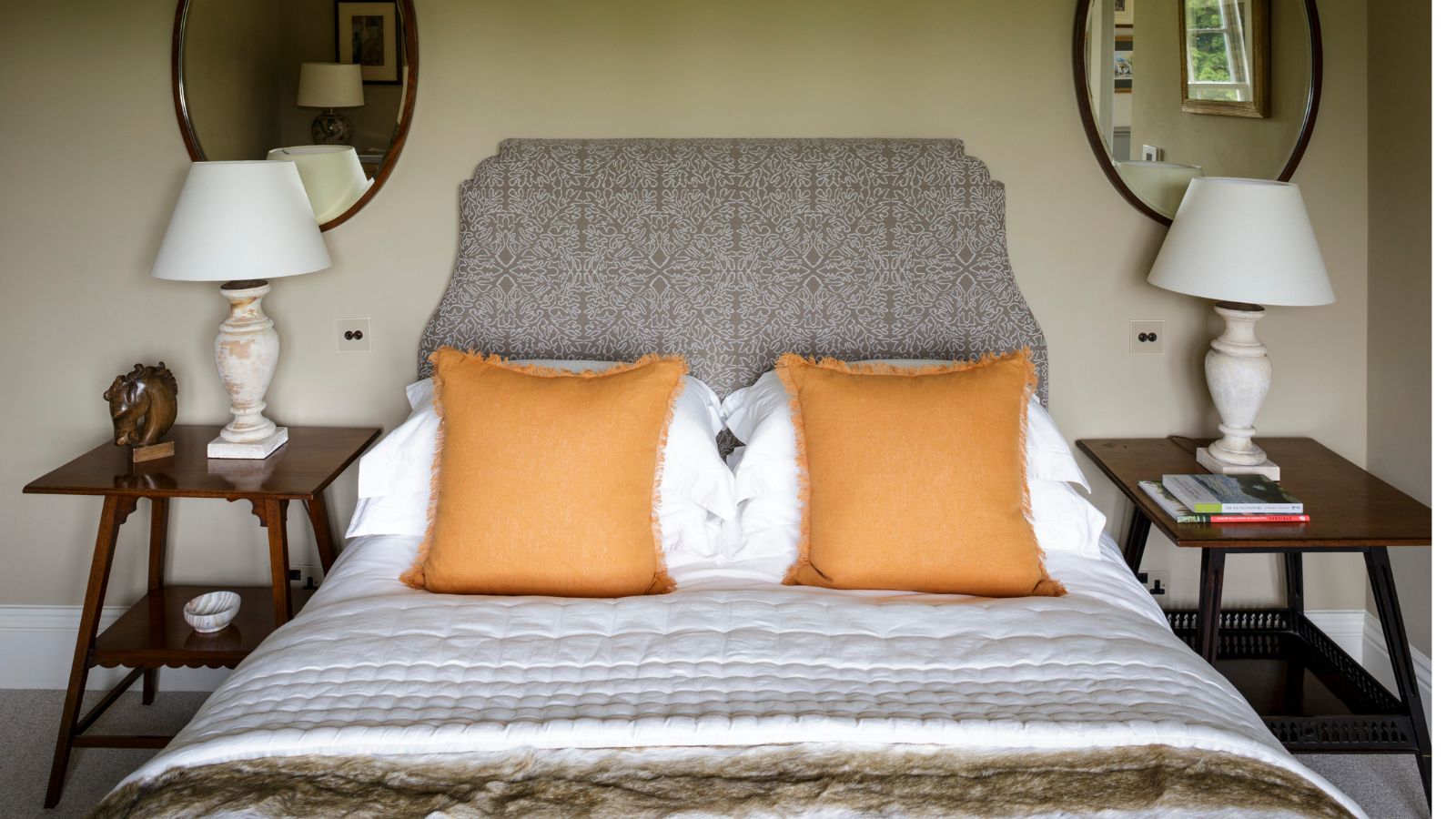 5 surprisingly practical ways to re-purpose old bed sheets for cleaning, decluttering and storage at home
5 surprisingly practical ways to re-purpose old bed sheets for cleaning, decluttering and storage at homeDon't ditch worn-out bedding – there's life in them yet
By Natasha Brinsmead
-
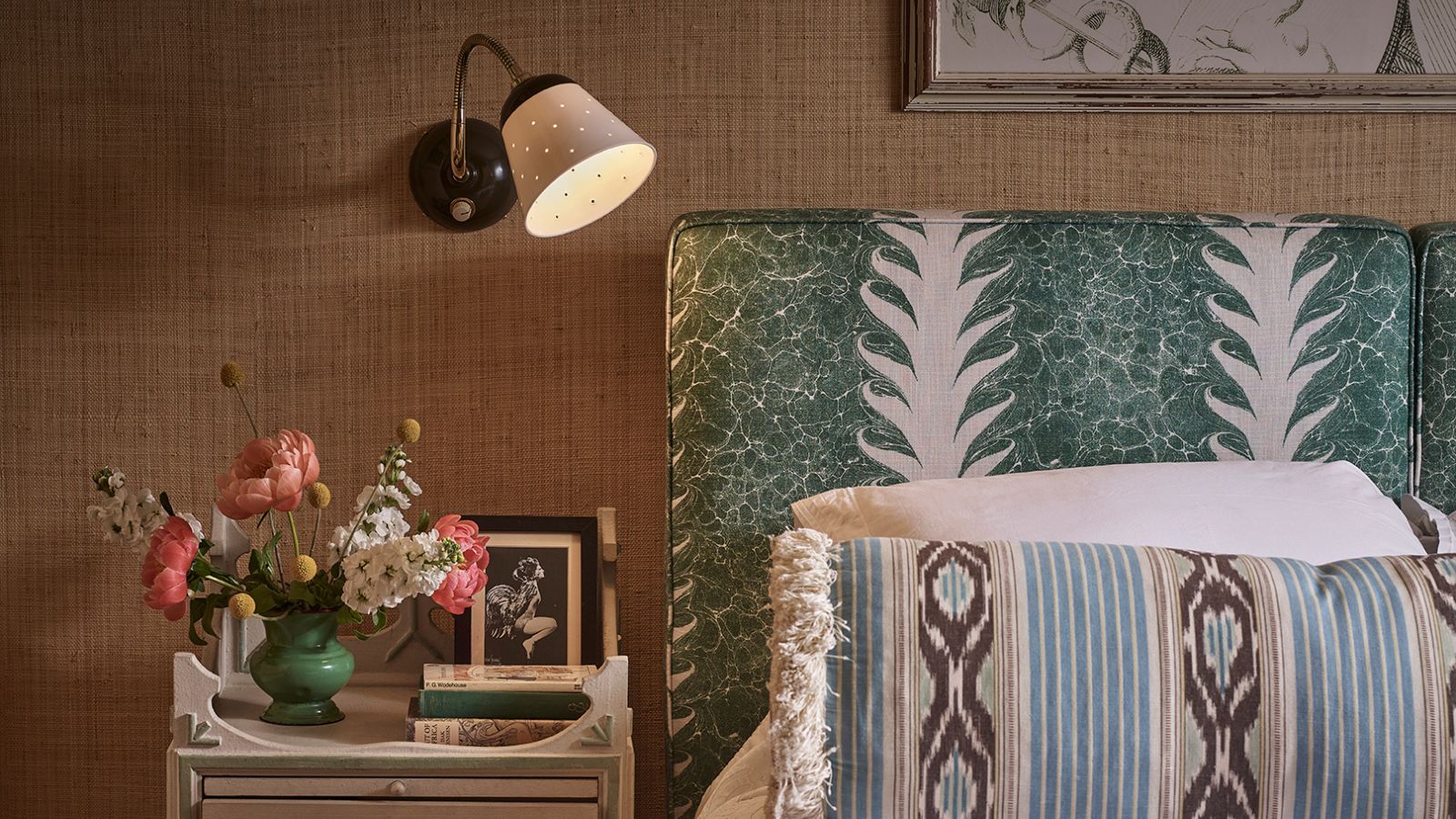 Do you need to turn the lights off when you leave a room? Experts have ended this time-honored debate once and for all
Do you need to turn the lights off when you leave a room? Experts have ended this time-honored debate once and for allOn or off? We delve into the details of this age-old dispute
By Chiana Dickson
-
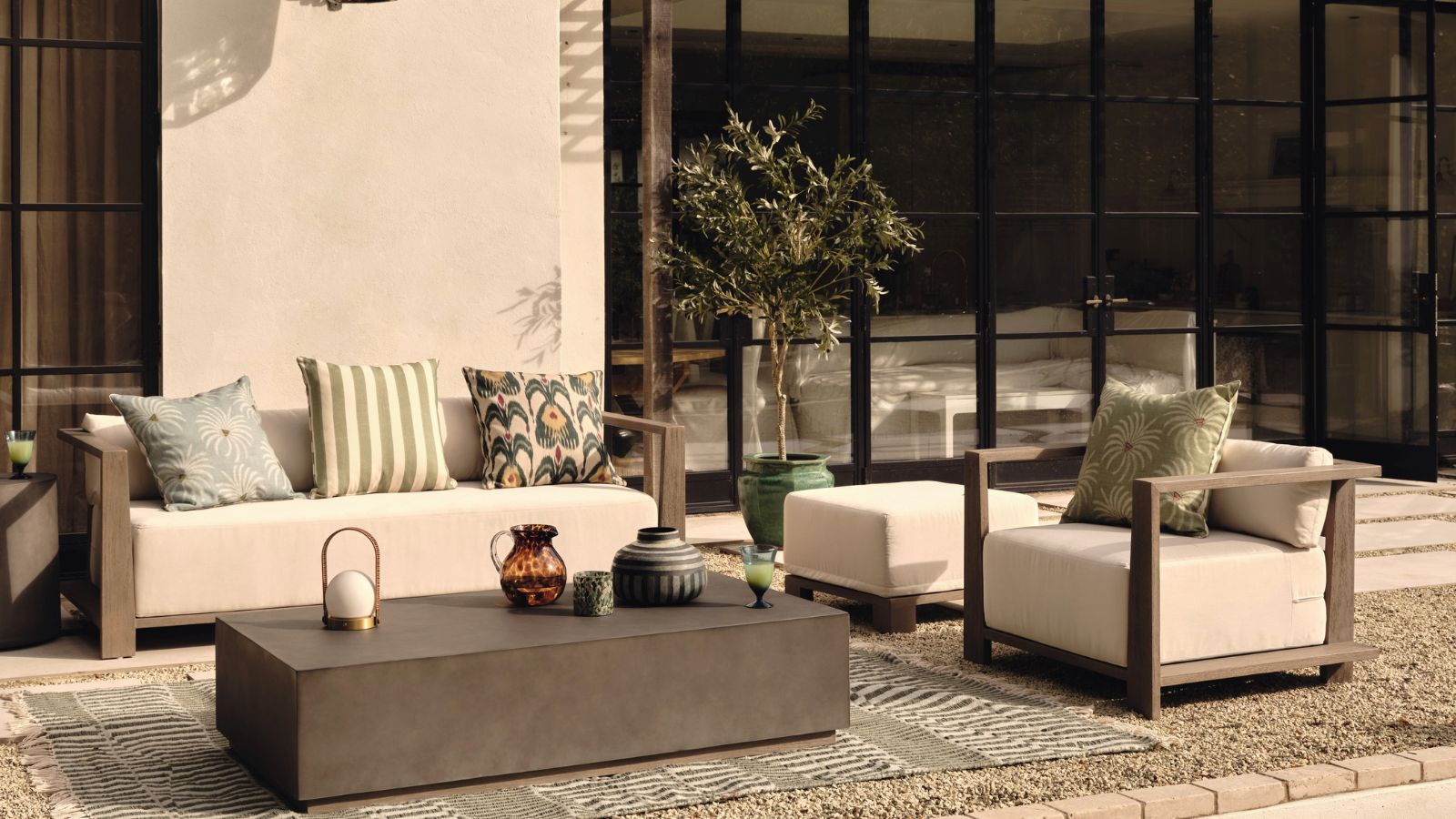 I tried the baking soda trick to quickly and naturally clean my outdoor rug – it’s now set for Easter outdoor hosting
I tried the baking soda trick to quickly and naturally clean my outdoor rug – it’s now set for Easter outdoor hostingBaking soda is perfect for lifting dirt and debris
By Eve Smallman
-
 The 5 worst things you can do to your fridge – these will drive up energy costs and result in pricey and regrettable repairs
The 5 worst things you can do to your fridge – these will drive up energy costs and result in pricey and regrettable repairsIt's crucial to swerve these blunders, appliance experts warn
By Ottilie Blackhall
-
 Extend the lifespan of your appliance with 5 simple but crucial washing machine maintenance tips
Extend the lifespan of your appliance with 5 simple but crucial washing machine maintenance tipsFrom cleaning the filters to keeping the door open, experts reveal the washer tips they swear by
By Andy van Terheyden
-
 5 vital ways a home battery backup can help with your most urgent needs in a power outage – from heating to flood prevention and calls
5 vital ways a home battery backup can help with your most urgent needs in a power outage – from heating to flood prevention and callsExperts say they're a worthy investment
By Clement Feng
-
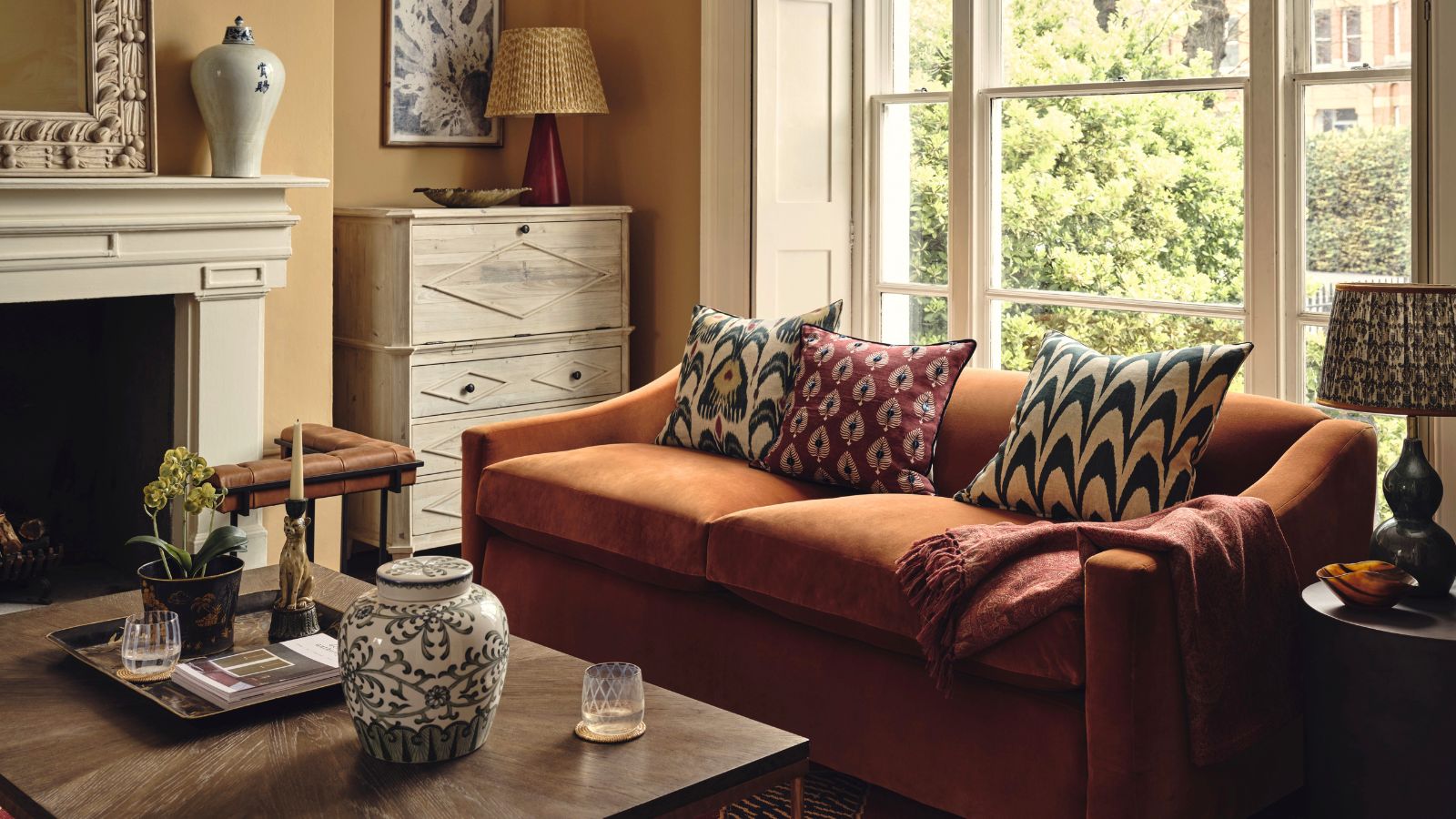 I’m an HVAC technician, and this is when I turn on my AC each year – plus 5 checks I always do beforehand
I’m an HVAC technician, and this is when I turn on my AC each year – plus 5 checks I always do beforehandSave yourself an AC hassle by running my checks and turning it on before big heat hits
By Josh Mitchell
-
 6 things you should never throw in the trash – and what to do for safe disposal instead
6 things you should never throw in the trash – and what to do for safe disposal insteadFrom batteries to space heaters, experts reveal what not to throw
By Andy van Terheyden